Teach Students to Identify Character Motivation
One key component of a character is their motivation – why do they act and speak as they do? What do they ultimately want?
By helping students understand how to identify a character’s motive, you help them think more deeply about other elements of the story, as well.
Teaching character motivation is a critical part of studying characters. The good news is it can be easy and fun to do.
Read on to find out more!
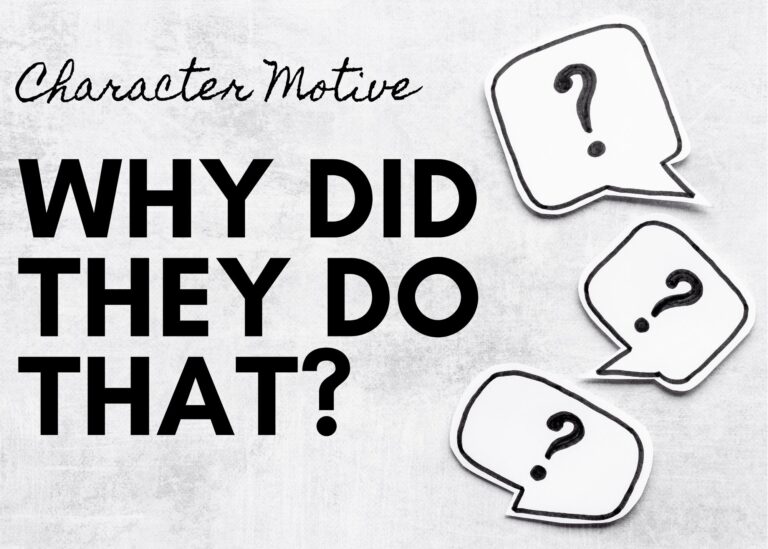
Introduce Character Motivation
Begin by defining character motive for the students.
Motivation is what a person, or character, wants. It’s why they act the way they do.
Emphasize that understanding character motivation is important for interpreting a character’s actions and decisions.
Make Real-World Connections to Motivation
Provide them with personal experiences that they can relate to by asking questions about their own lives:
- Why do you brush your teeth?
- Why do you study for a test?
- Why do you practice a hobby or a sport? (ex: soccer, dance, piano…)
Point out the relationship between actions and motivation. For example, the action of brushing their teeth may be motivated by a desire to not have any cavities.
Give the students a chance to discuss other scenarios. You could ask them to tell about another time they were motivated to do something.
What did they want? What were the actions they took to get what they wanted?
By making this connection in the beginning of the lesson, you can help students more easily grasp the concept and analyze stories they read later.

Use Read-Alouds and Videos to Teach Character Motivation
Don’t forget to incorporate the very important step of modeling for students how to identify character motivation in stories.
While you could do this with excerpts from any longer story you are reading in class, students are never too old for simple picture books, either.
Since motivation drives all characters’ actions, you can practice with any book – or even video!
For any book (or video) you choose to use, think about analyzing the motive of all the characters in the story. This kind of modeling gives students a glimpse of how character’s actions and choices impact other characters in the tale.
Books
For any book (or video) you choose to use, think about analyzing the motive of all the characters in the story. This kind of modeling gives students a glimpse of how character’s actions and choices impact other characters in the tale.
Some books you could use include:
- A Chair for my Mother by Vera B. Williams (How were the character’s motives similar, and different to each other?)
- The Lorax by Dr. Seuss (Discuss how the Once-ler’s motive at the beginning of the story led to the problem. What was the Once-ler’s motive at the end of the story?)
- The Giving Tree by Shel Silverstein (Compare the boy’s motive to the tree’s.)
- Sylvester and the Magic Pebble by William Steig (This provides many opportunities to discuss how the main characters motives change throughout the story, as well as the parent’s motive for locking the pebble away in the end.)
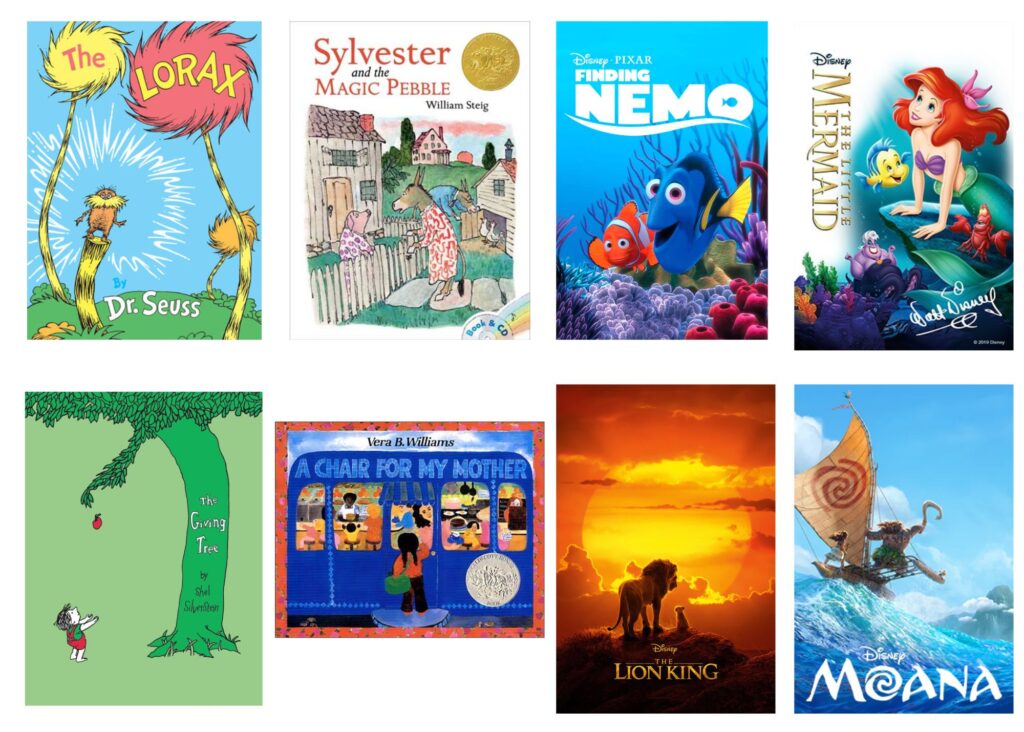
Videos
- Finding Nemo (What was Nemo’s motive for swimming to the edge? What was the father’s motive for leaving the safety of his home? Can they identify Dora’s motive in the story?)
- The Lion King (What was Scar’s motive for killing his brother? What was Simba’s motivation throughout the story?)
- The Little Mermaid (What is Ariel’s motive for collecting human things from the ocean floor? What other motives does she have in the story?)
- Moana (Compare the motives of the different characters. How are the parents, Moana’s, and the grandmother’s motives different? What actions do they take because of it?)
This is only a short list of ideas. With so many good books and videos to choose from, have fun picking your own and incorporating them into your lessons!
Make Inferences About Motivation
Rarely are a character’s motives explicitly stated in the text. The students will need to practice using clues to determine the motive themselves.
As with the modeling activities above, you can use any text to practice. Choose excerpts from novels you’re reading in class or provide short stories and printed passages.
You can differentiate by having students who need extra support focus only on the main character while others might compare two or more characters in the text.
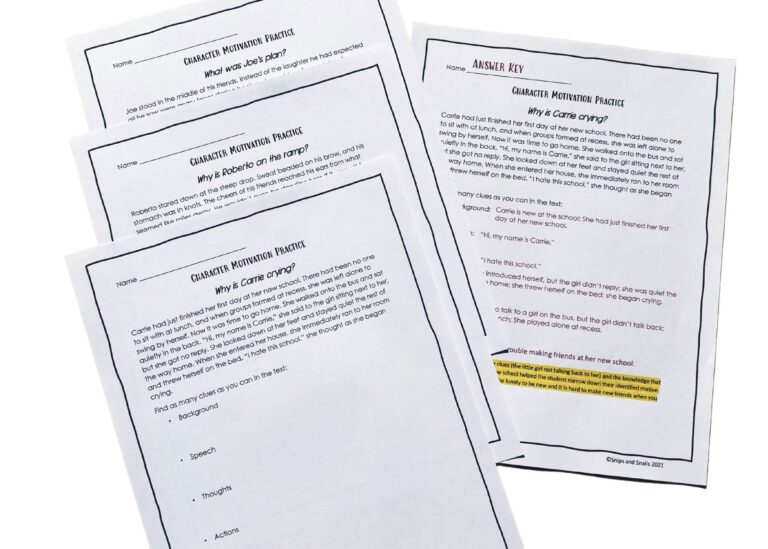
Activities to Extend the Learning
If you’re looking for ways to extend the lesson beyond simply identifying motive, maybe one of these activity ideas will help:
- Assign students a character from the story and ask them to act out a scene, explaining their character’s motivation for their actions.
- Have students rewrite a scene from the story by changing the motive.
- Give students a motive (e.g., greed; desire to belong, etc.) and have them write an original story where the character is driven by this motivation.
- Read the beginning of a story, stopping at the point of action. Have students discuss or write about what actions the character might take based on different motivations.
- Incorporate stories and characters from diverse backgrounds to promote cultural understanding and empathy. Encourage students to make connections between the character’s experiences and their own lives.
Teaching students about character motivation is a key component of character studies. Using the easy steps above will let you provide your students with meaningful and effective practice.
Looking for a Ready-to-Go Resource? Check This Out!
Read More About Character Studies Here:
- How to Study Characters (traits, motivation, and development)
- Character Traits
- Character Change/Development

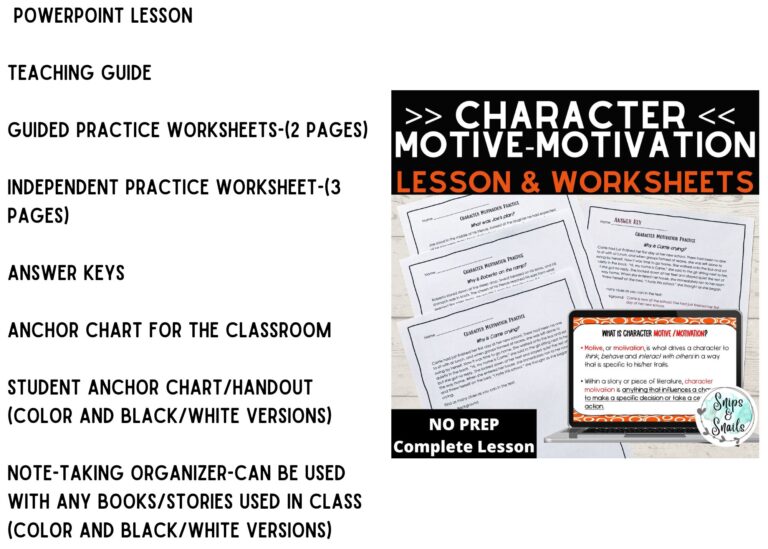

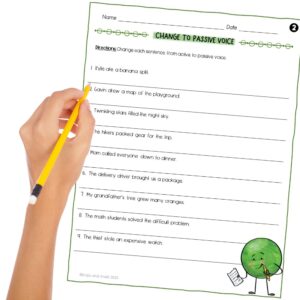
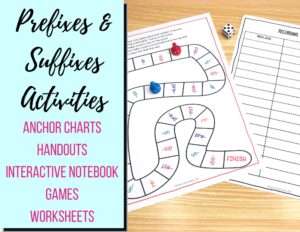
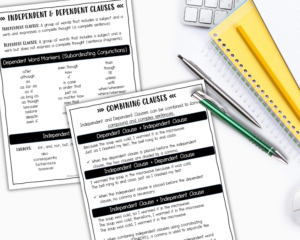
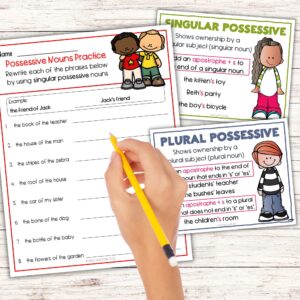
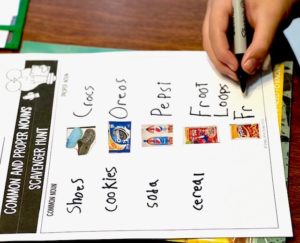

One Response